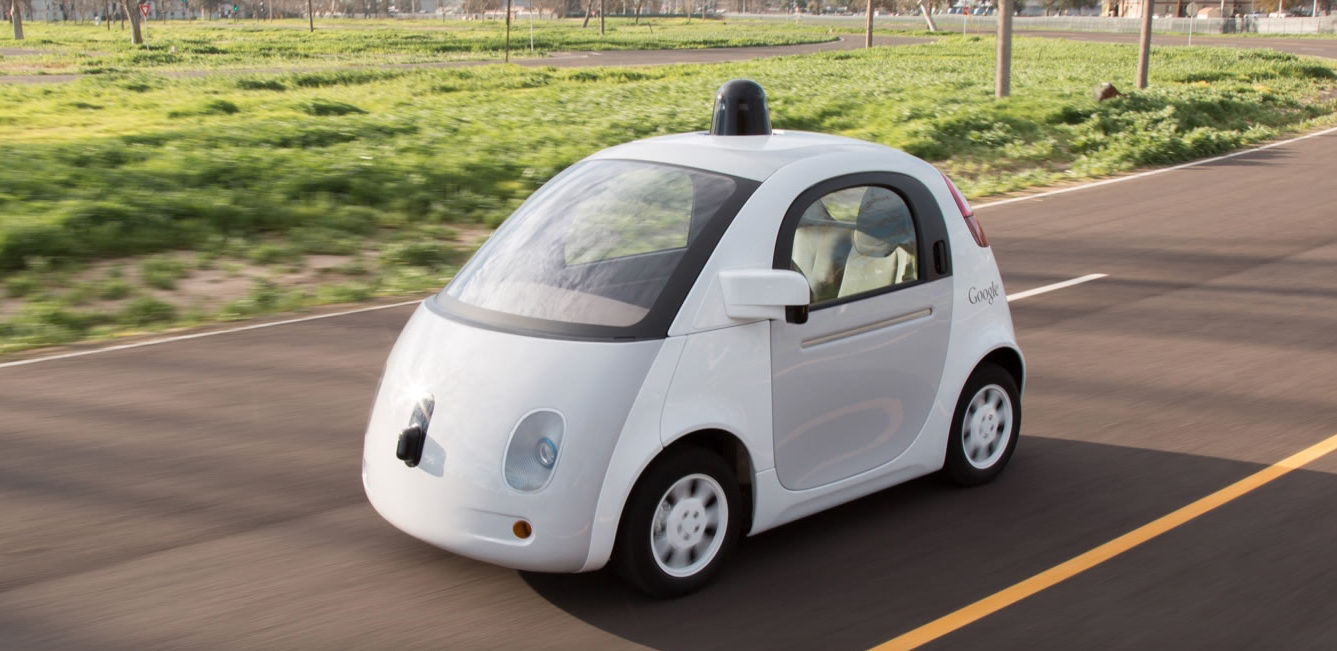Licensed to Drive
There’s been much talk about what kind of regulations will be imposed on the latest driving technology—specifically, autonomous vehicles. For example, if a driverless car hits someone, who is at fault? Where do the tickets go?
Now, we have some answers. This week, speculations have finally been put to rest, as the National Highway Traffic Safety Administration (NHTSA) released a letter to Google citing that their driverless car system will now be recognized as a legal driver.
This is a big victory for Alphabet, Google’s parent company (and a breakthrough for driverless technology altogether), as this means that the system is now considered legally adequate for roadways.
November Petition
The approval from the NHTSA came in response to a petition filed by the director for Google’s autonomous driving car project, Chris Urmson.
In his petition, Urmson argued that regulatory bodies should recognize and treat Google’s proprietary cars, built without a steering wheel or brakes, as being on par with human drivers. The lack of these traditional car features has been a source of apprehension from a lot of regulatory committees, especially for Google’s driverless car system.
In fact, it has resulted in the tech being prohibited on California roads.
To that end, the approval given by NHTSA marks a huge milestone, one that is critical to Google’s car strategy. You can read the full report here. The key part is quoted below:
As a foundational starting point for the interpretations below, NHTSA will interpret driver in the context of Google’s described motor vehicle design as referring to the SDS, and not to any of the vehicle occupants. We agree with Google its SDV will not have a driver in the traditional sense that vehicles have had drivers during the last more than one hundred years. The trend toward computer-driven vehicles began with such features as antilock brakes, electronic stability control, and air bags, continuing today with automatic emergency braking, forward crash warning, and lane departure warnings, and continuing on toward vehicles with Google’s SDV and potentially beyond. … If no human occupant of the vehicle can actually drive the vehicle, it is more reasonable to identify the driver as whatever (as opposed to whoever) is doing the driving. In this instance, an item of motor vehicle equipment, the SDS, is actually driving the vehicle.
Share This Article
